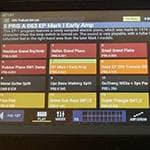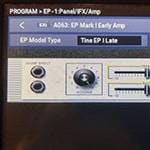■ The Glorious Albums Left Behind in J-Pop by the Legendary Keyboard Player Hiroshi Sato
This is part IV of the interview series on Hiroshi Sato, the pianist, composer, and producer who received high praise from Tatsuro Yamashita, Haruomi Hosono, and Eiichi Ohtaki.
In 1995, I had the opportunity to interview Hiroshi Sato, one of the most iconic keyboard players in J-Pop history. Hiroshi Sato participated in numerous albums by prominent domestic artists and left behind many remarkable performances.
This time, I will focus on his thoughts on guitarists, which I was unable to cover in the previous article, as well as highlight some of the iconic albums by Japanese artists that Hiroshi Sato contributed to.
■ A Story about Guitarist Shigeru Suzuki
During my interview with Hiroshi Sato, the conversation turned to guitarists, and I was able to hear an impressive story.
In Japan, top session guitarist M has participated in recordings for artists like Yumi Matsutoya, Hiroshi Sato, Seiko Matsuda, and others. He is an indispensable session guitarist in the J-pop scene. In this context, Hiroshi Sato shared his thoughts:
“When there's time and when there's no time, the approach is different. When there isn’t much time, he’s incredibly skilled and can finish things perfectly within the time frame. But when there is time, I ask Shigeru. That way, the result is even better.”
"Shigeru" refers to Shigeru Suzuki. Sato and Suzuki had performed together in the band Hackleback, and I believe they had a very close understanding of each other.
“Shigeru isn't particularly skilled with a lot of things, but if you give him time, he will create something truly amazing. So, when there’s time, I ask Shigeru to do it.”
I thought to myself, "What an incredible story.
Shigeru Suzuki also showcased his talent on Hiroshi Sato's albums.
Guitarists were carefully chosen from a producer's perspective, based on the song's style. The conversation between these two legendary musicians was something only those who had performed together could share, making it a rare and valuable insight that I felt privileged to hear.
Toshiki Kadomatsu, who is also a big fan of Hiroshi Sato, invited Sato to participate in his instrumental album, where Sato delivered an outstanding performance.
Additionally, in Kadomatsu's 1989 live album from Hibiya Outdoor Concert Hall, he performed alongside Shigeru Suzuki, playing Suzuki's tracks such as "Rainy Station" and "100-Watt Lover." He also included Sato’s song "Yamate Hotel" in the performance.
■ Recommended Album: Toshiki Kadomatsu – SEA IS A LADY (1985)
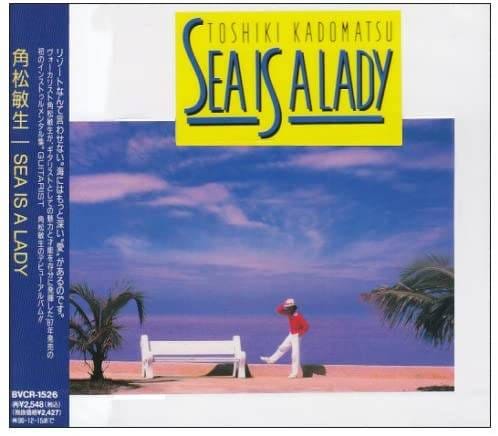
Toshiki Kadomatsu's first instrumental album, released in 1985, is a masterpiece featuring renowned musicians like Ponta Murakami and Hiroshi Sato. The album is thoughtfully structured, with Sato’s compositions carefully placed to maintain a balanced flow.
Sato’s playing adds dynamism to the tracks, delivering a tight and polished performance. While his signature brass sound remains present, it is his acoustic piano playing that truly stands out, showcasing his exceptional skill. This is an album where only Hiroshi Sato could have brought such a unique touch to the music.
Recommended Track: "SEA LINE"
From the very first guitar cutting in the intro, this track sets the tone for the entire album. The pop, vibrant essence of Kadomatsu's style is transformed into an instrumental piece that captivates the listener.
Hiroshi Sato’s acoustic piano performance adds a powerful groove to the track, elevating the music to another level.
Recommended Track: "SEA SONG"
It’s unclear whether this track was suggested by Kadomatsu or Sato, but it carries an interlude-like charm. Hiroshi Sato’s delicate, pointillistic acoustic piano playing brings a unique beauty to the piece—an expression only Sato could deliver.
Recommended Track: "SUNSET OF MICRO BEACH"
Following the previous track "SEA SONG," this song begins with Sato’s signature brass hits. It has a bossa nova-inspired, mellow vibe.Sato’s acoustic piano solo here is exceptional.Hiroshi Sato was known for his unique ability to bring a New Orleans-style piano to life, a talent that even earned praise from Haruomi Hosono and Eiichi Ohtaki. Despite drawing from Southern American musical influences, Sato’s playing remains inexplicably refined—perhaps this is the magic of Sato’s touch.
■ Recommended Album: Minako Yoshida – FLAPPER (1976)
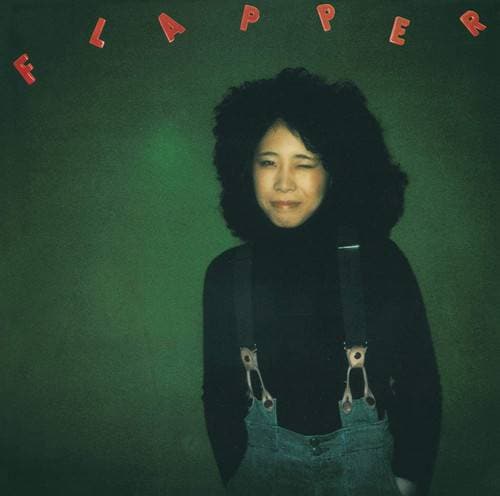
The album is a diverse and vibrant pop masterpiece. The participating members include Eiichi Ohtaki, Taeko Onuki, Shigeru Suzuki, Haruomi Hosono, Masataka Matsutoya, Ponta Murakami, Tatsuro Yamashita, and others. Looking back now, it’s astonishing to see such an incredible lineup. Nearly 50 years later, these artists remain legends in the J-pop world.
Hiroshi Sato’s magnificent Rhodes playing is sprinkled throughout the album, adding his unique touch to each track.
Additionally, Eiichi Ohtaki's "Yume de Aetara," which became an eternal classic in J-pop, was later covered by Ohtaki himself, further solidifying its place in music history.
Recommended Track: "Asa wa Kimi ni"
The intro, starting with the sparkling electric piano, showcases Hiroshi Sato at his best. The uplifting melody and refreshing sound gradually build into a groovy atmosphere, making this track a highlight.
Listening to this song, you can already hear the foundations of Minako Yoshida's later musical style taking shape. It’s a clear precursor to the direction her music would take in the years to come.
■ Recommended Album: Yoshitaka Minami – SPEAK LOW (1979)
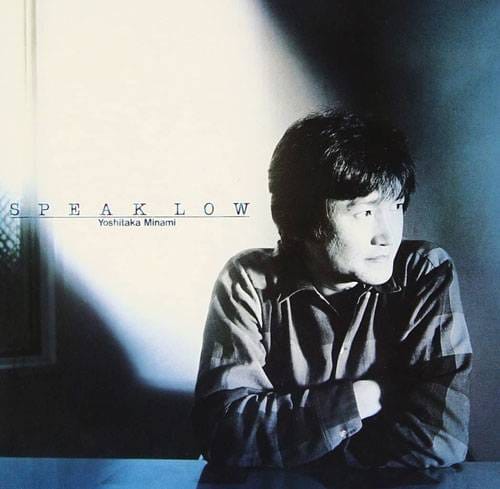
Yoshitaka Minami's 1979 masterpiece. Minami had a major breakthrough with the track "Monroe Walk" from this album. The recording features an all-star lineup including Hiroshi Sato, Ryuichi Sakamoto, Haruomi Hosono, Yukihiro Takahashi, Shigeru Suzuki, and Tatsuo Hayashi, making it an exceptionally luxurious album. It's also impressive that the majority of the lyrics were written by Takashi Matsumoto!
On this album, Hiroshi Sato arranged 8 out of the 11 tracks, and his brilliant keyboard performances are a key highlight throughout.
Recommended Track: "Portrait Woman"
This is a rare track where Hiroshi Sato plays the poly-synth solo, showcasing his versatility. Of course, his signature powerful Fender Rhodes piano phrases are also present, maintaining his distinct touch. The poly-synth solo is featured prominently in the outro of the track, adding a unique texture.Listening to this, one might recall Bill Payne's performances on Little Feat’s 1978 live album Waiting for Columbus, particularly in tracks like "Fat Man in the Bathtub" and "All That Your Dream."
What’s truly remarkable in Sato’s playing is his restraint during solo parts—he avoids fast runs driven by habit. Instead, he focuses on the melody, and his phrases sing. Even with the Rhodes, he never overshadows the melody, instead adding beautiful, subtle clusters and phrases that rise in the spaces between notes. The way he creates these moments is uniquely his own. Technically, he could play many more notes, but he chooses not to. This restrained playing shows his musical sensibility.
After this recording, Sato embarked on a solo journey to the United States.
■ Musicians, Albums, Recommended Tracks, and Keyboards Featured:
- Artists: Hiroshi Sato, Toshiki Kadomatsu, Minako Yoshida, Yoshitaka Minami
- Albums: SEA IS A LADY, FLAPPER, SPEAK LOW
- Tracks: "SEA LINE", "SEA SONG", "SUNSET OF MICRO BEACH", "Asa wa Kimi ni", "Portrait Woman"
- Keyboards Used: Fender Rhodes Electric Piano, Acoustic Piano, Roland D-550, Yamaha DX7Ⅱ, and others
The “sound & person” column is made possible by your contributions.
For more information about contributions, click here.






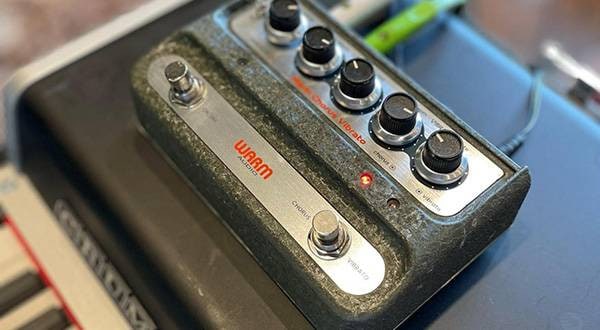
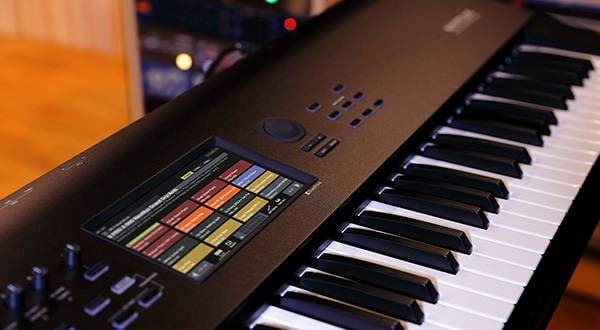
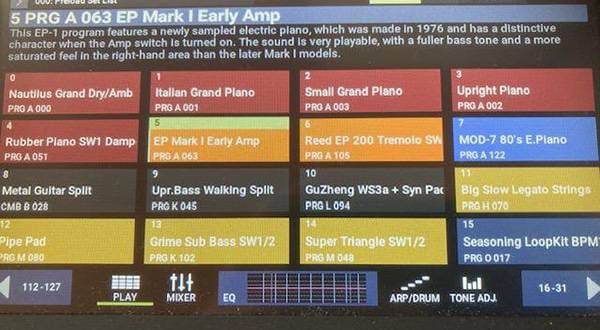

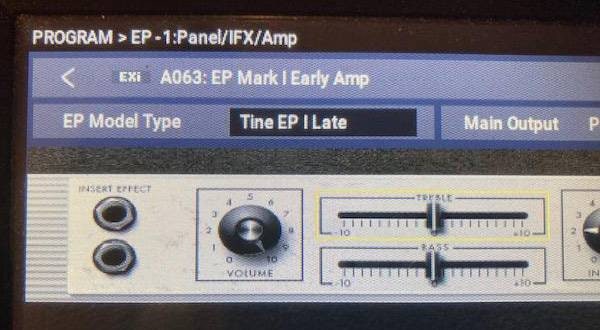
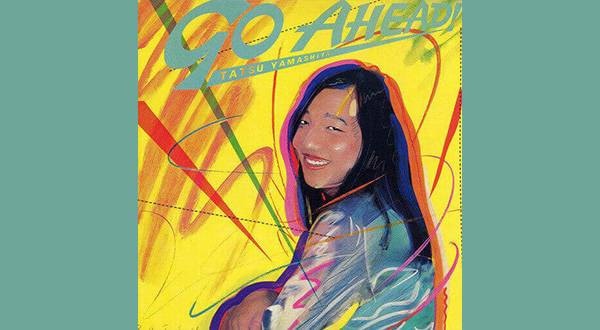
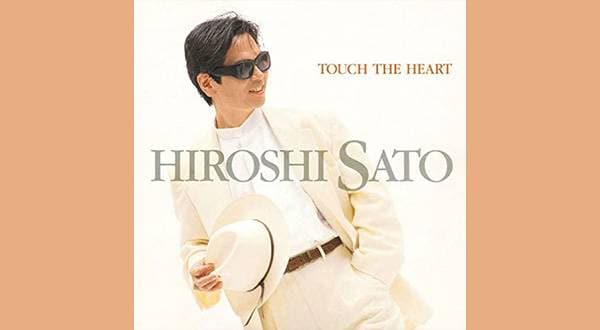
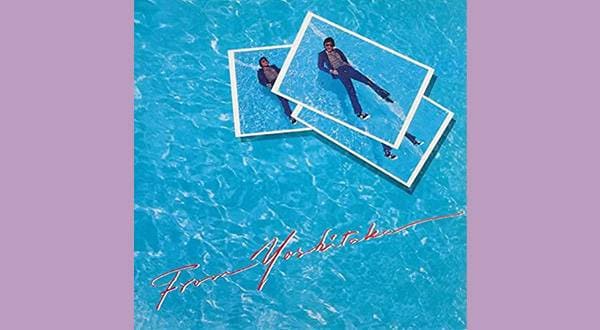
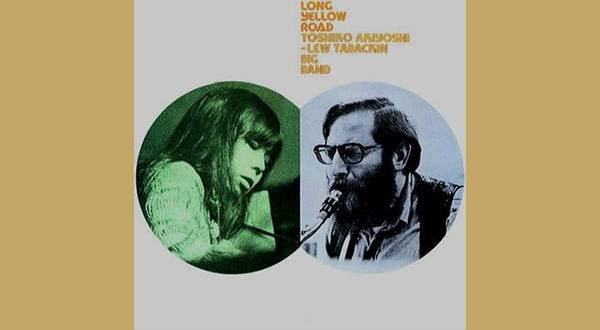
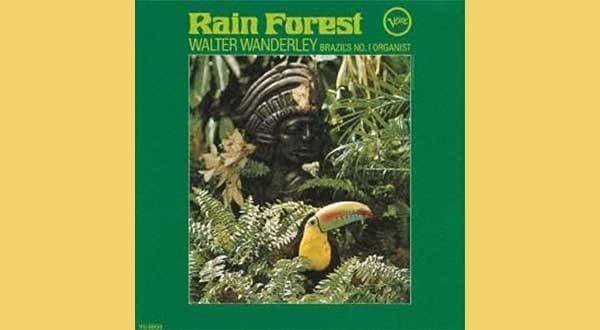
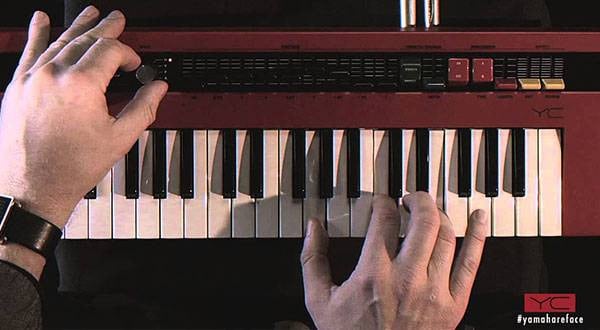
 YAMAHA YC61 特集
YAMAHA YC61 特集
 LP パーカッション
LP パーカッション
 超オススメのフレーズ道場 キーボード
超オススメのフレーズ道場 キーボード
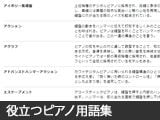 自分にあったピアノを選ぼう!役立つピアノ用語集
自分にあったピアノを選ぼう!役立つピアノ用語集
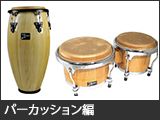 パーカッション編
パーカッション編
 キーボードスタートガイド
キーボードスタートガイド


